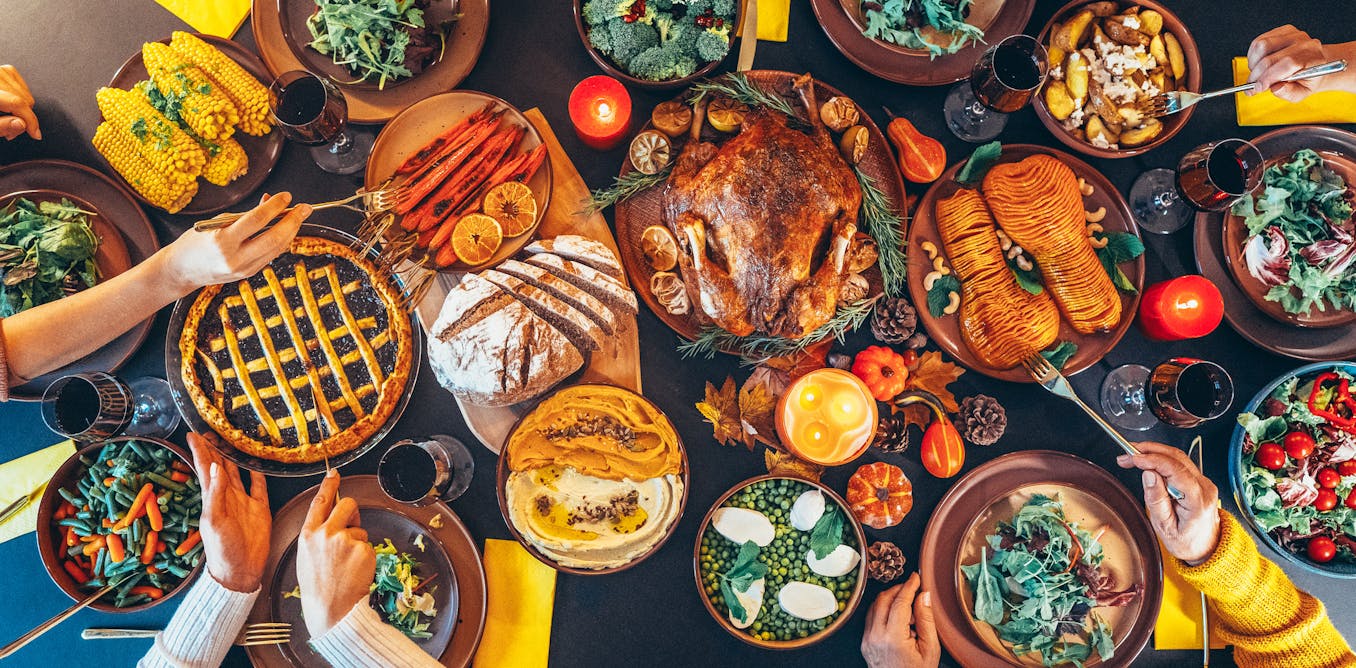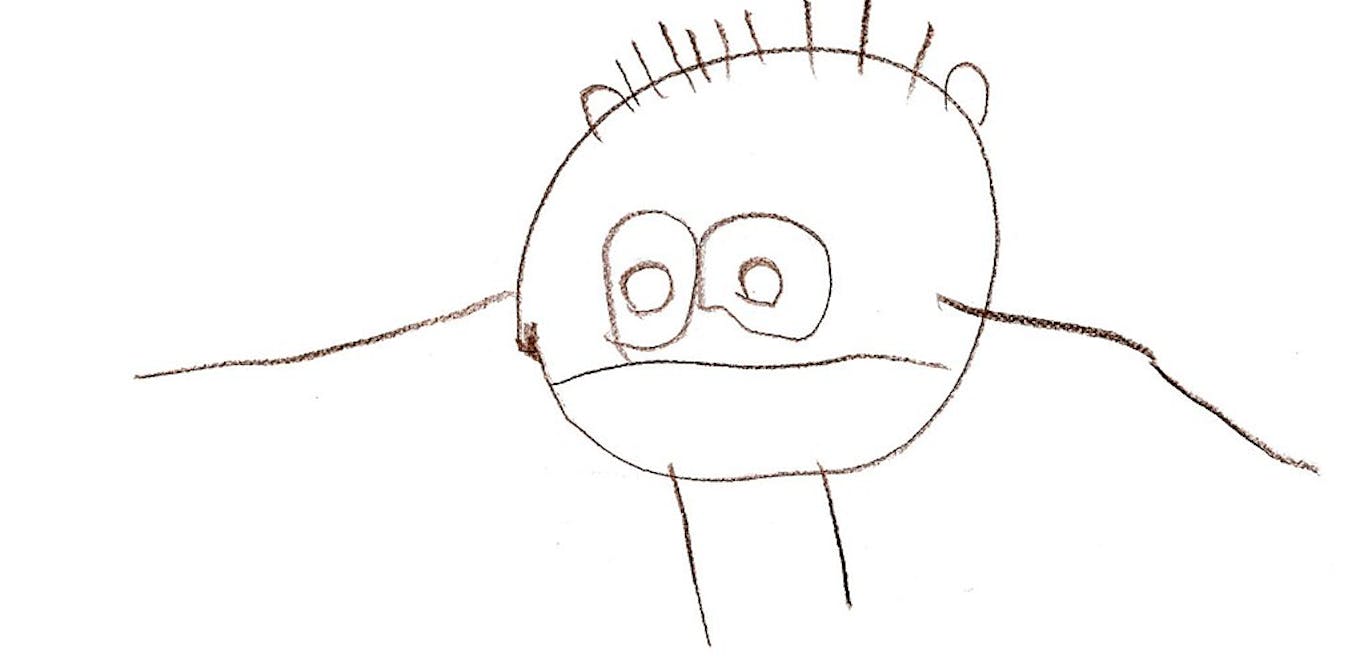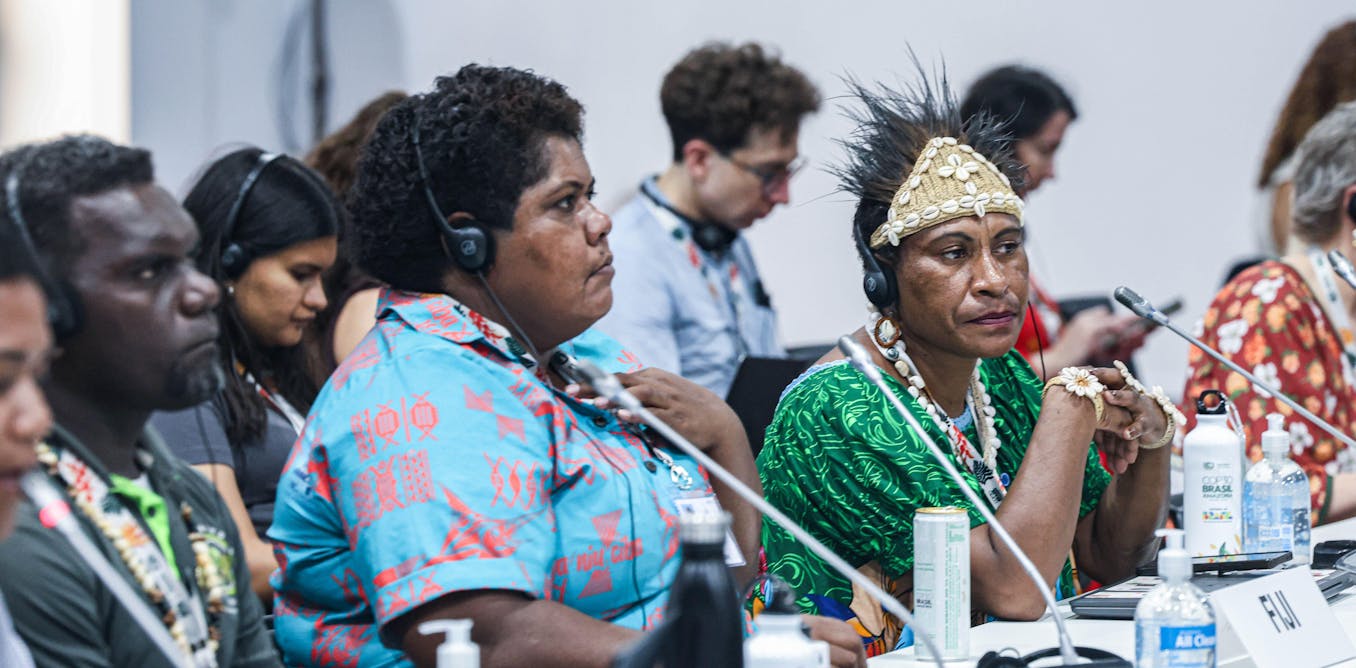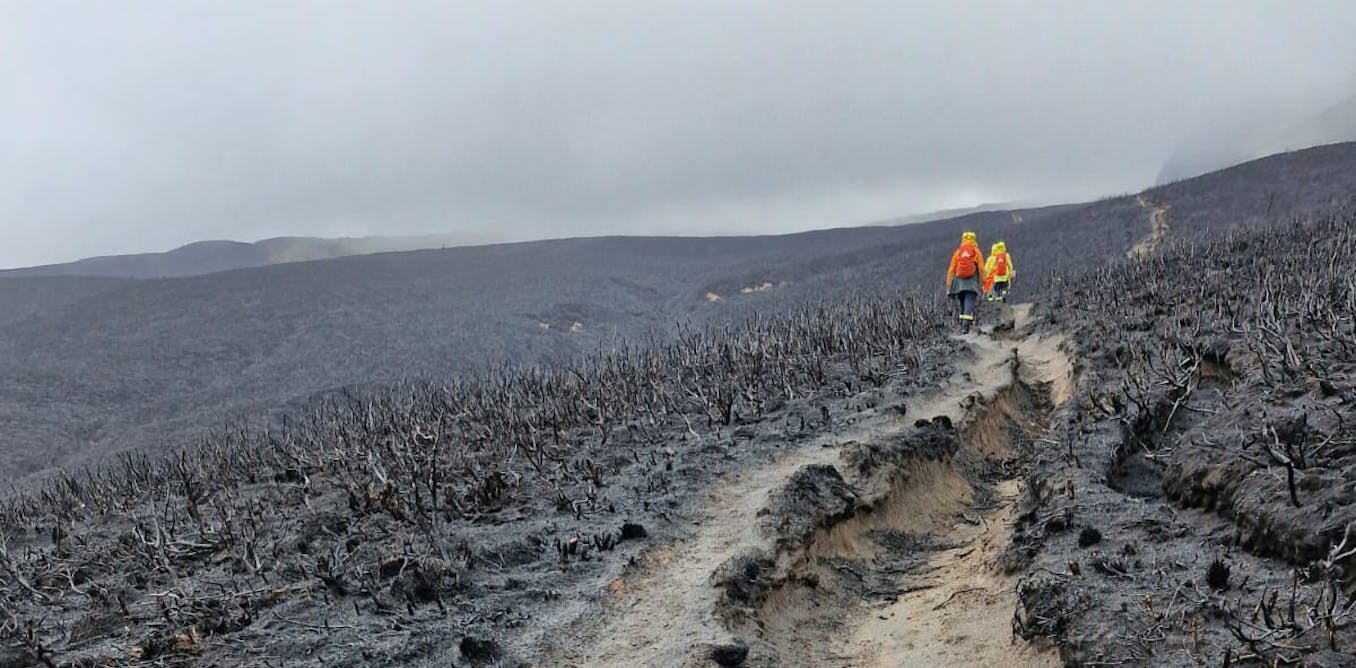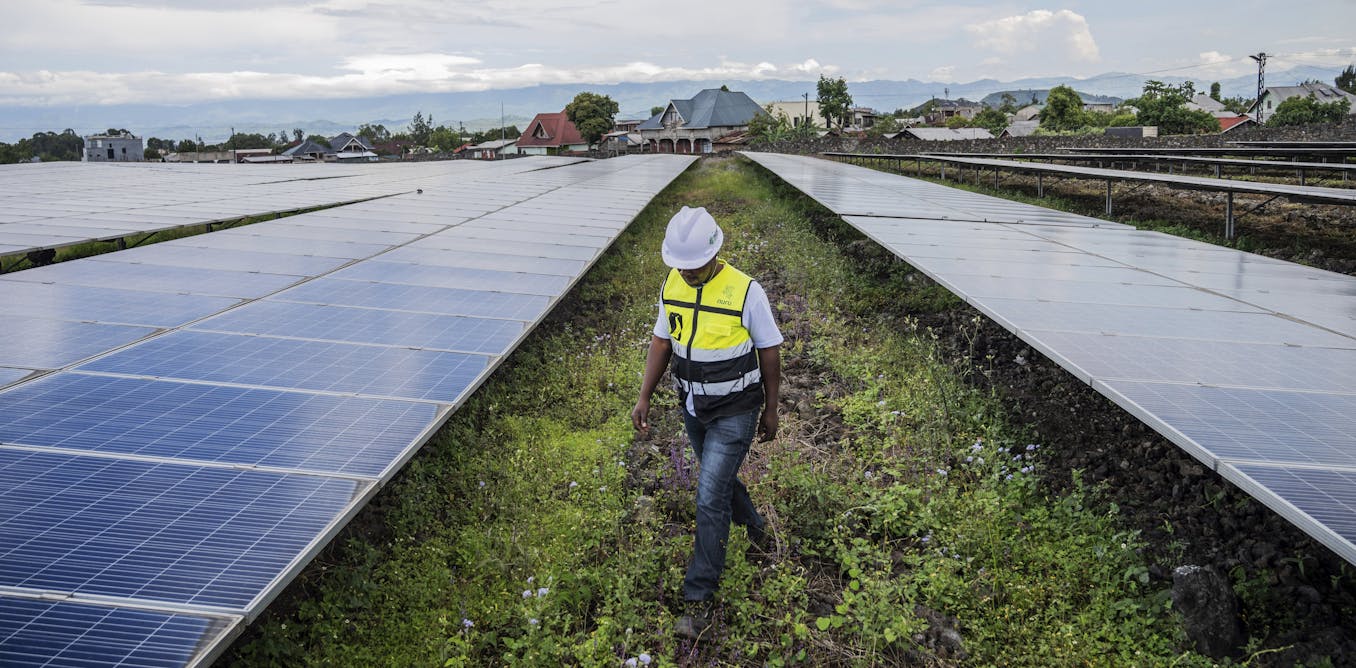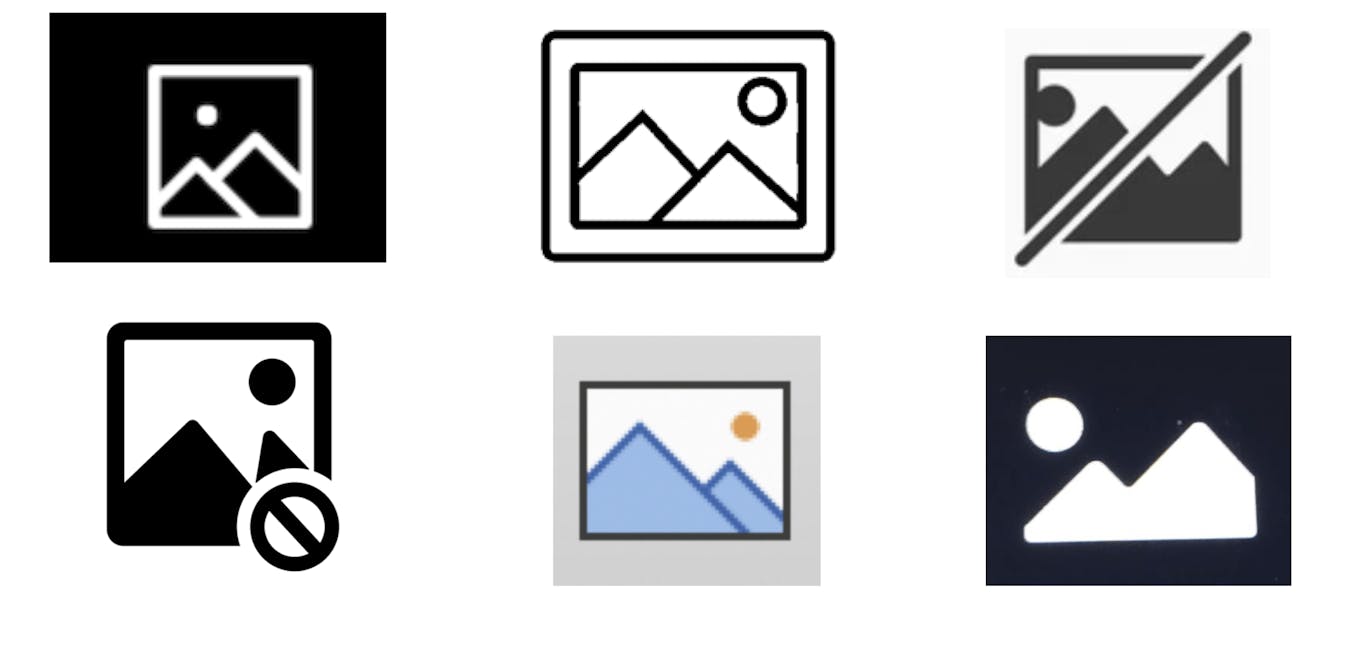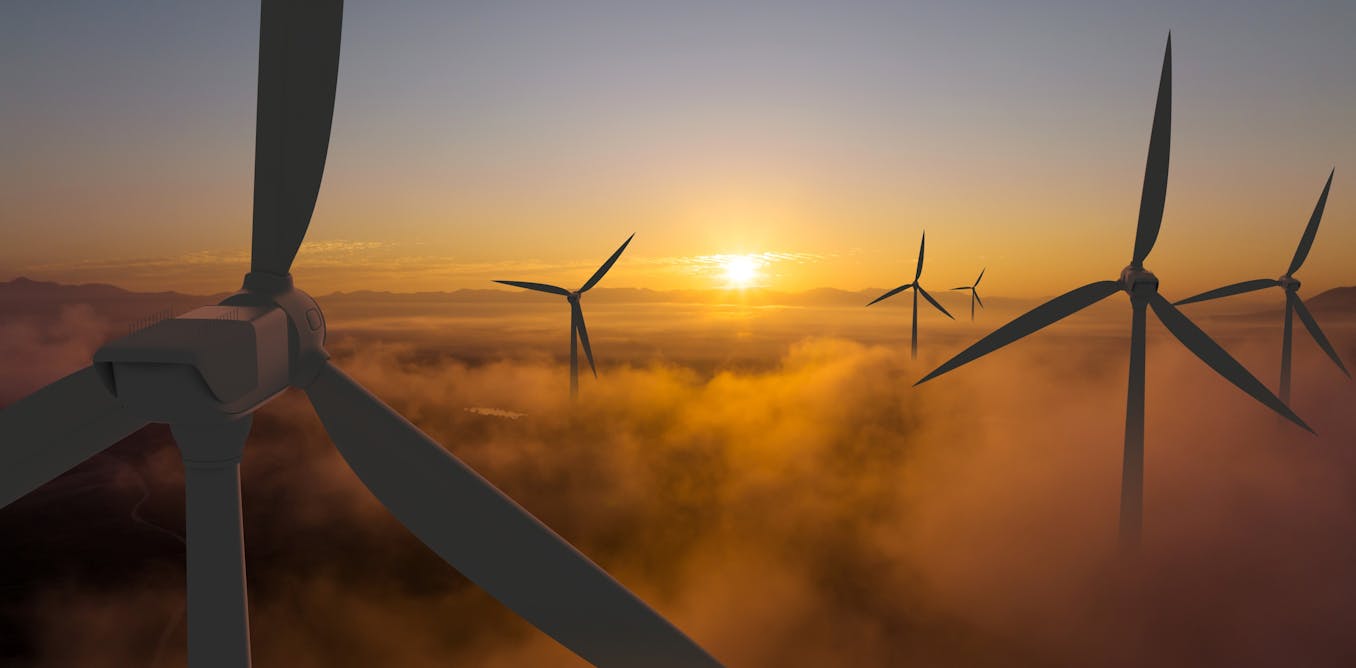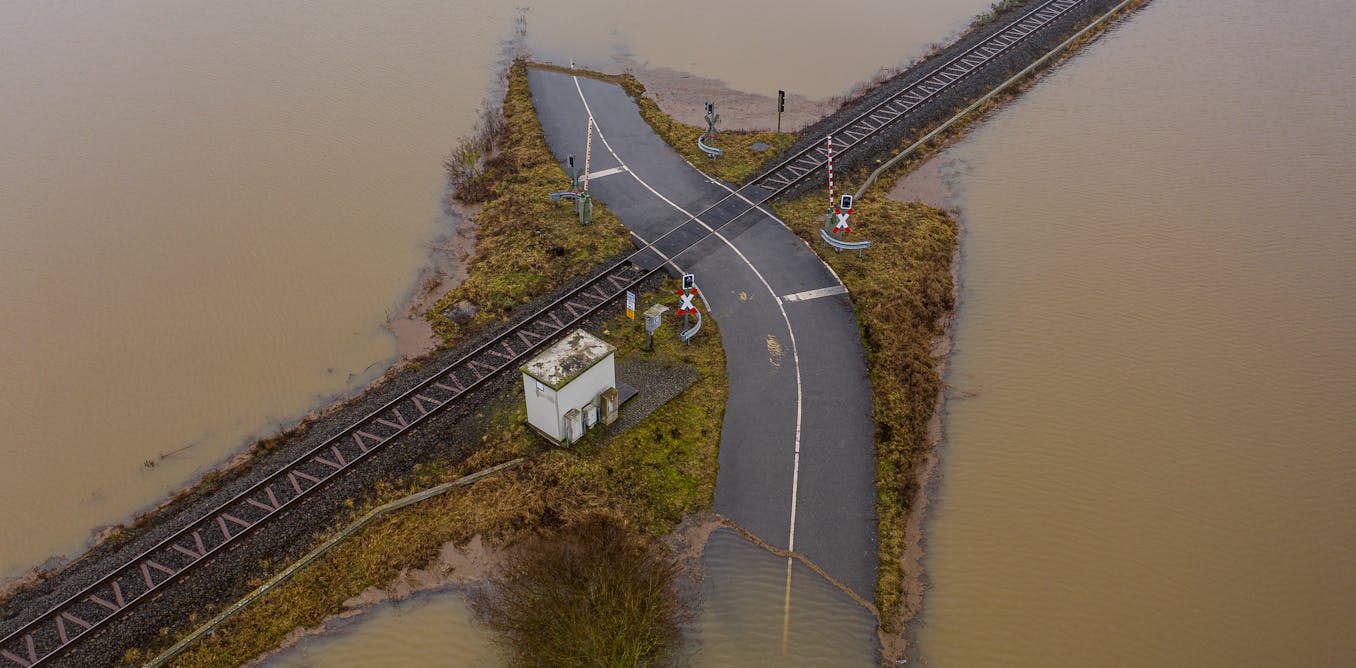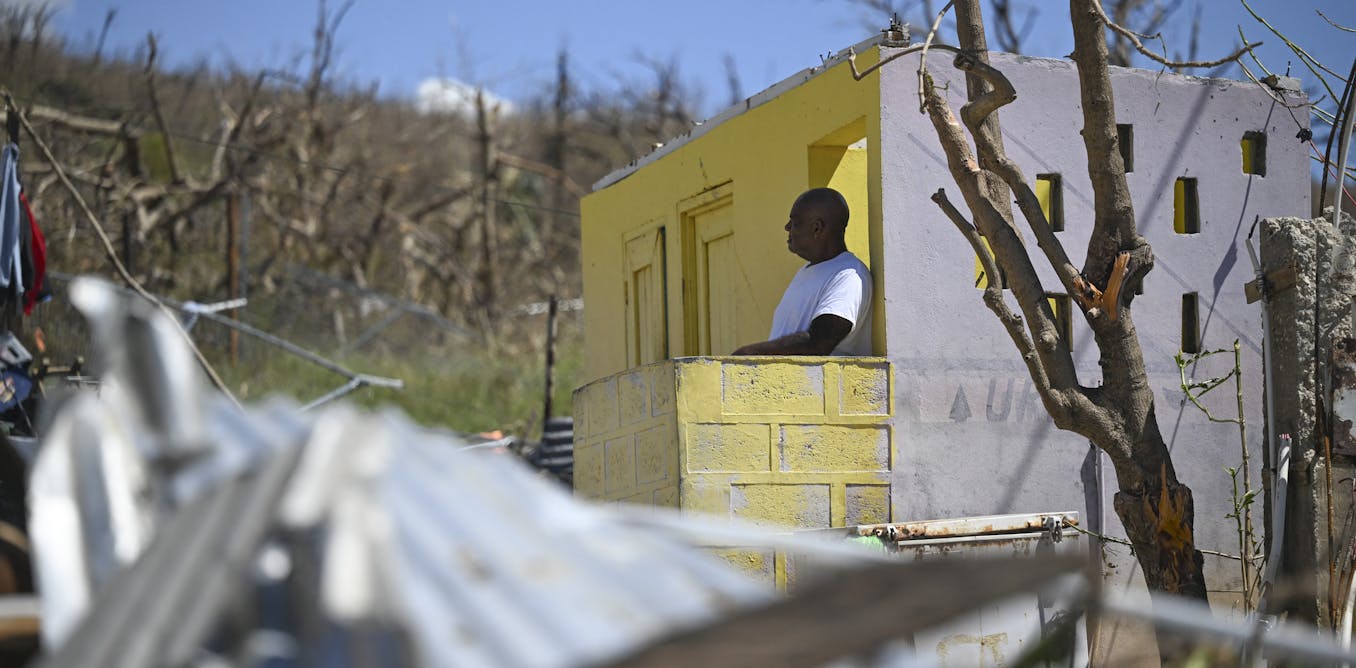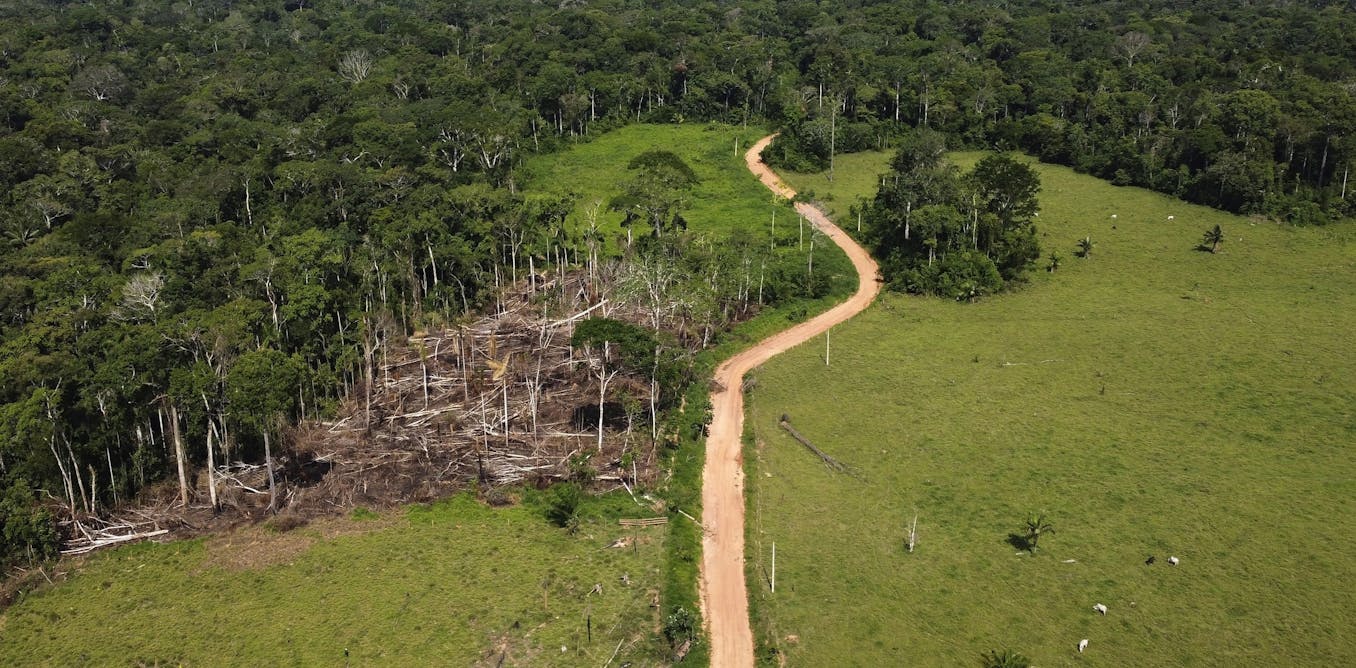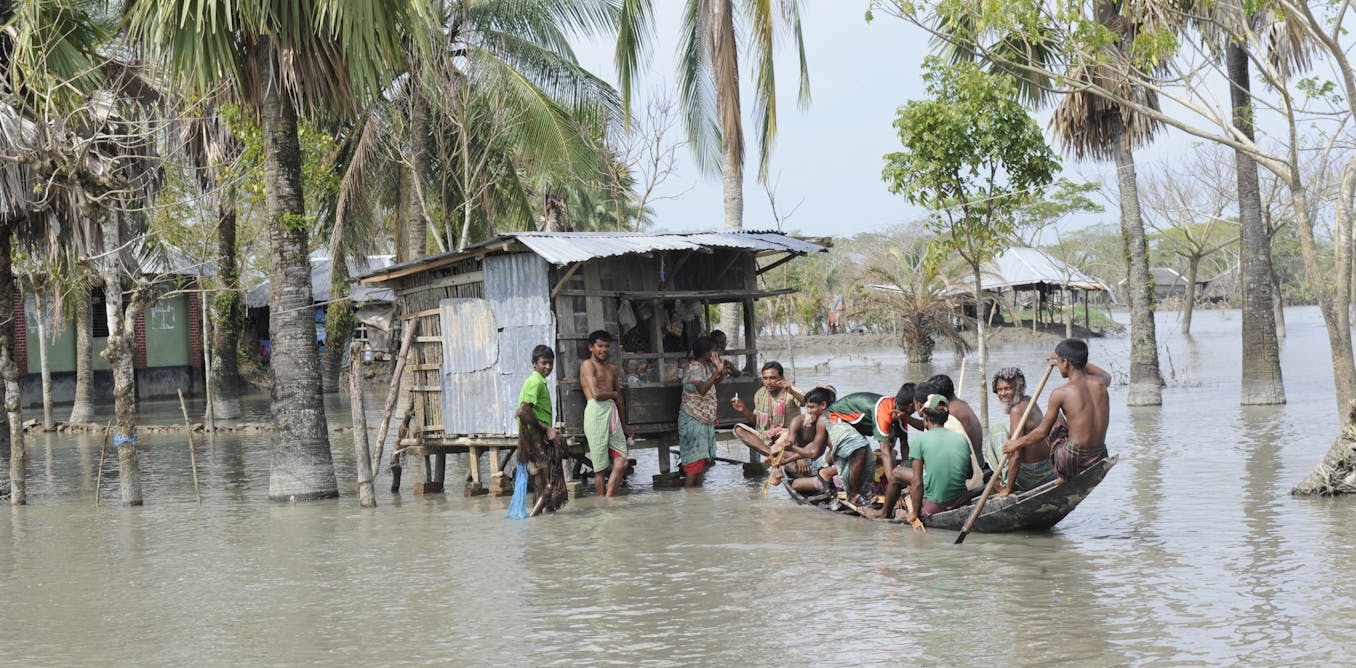The German startup Next2Sun is on a mission to install vertical solar panels alongside some unlikely neighbors, including crops like potatoes and hay. With several projects in Germany complete and a new installation in Vermont in the works, the company hopes to combine traditional farming with solar power—and use land for two purposes simultaneously.
Agrivoltatics, the term for using land for both farming and solar power , comes with the primary advantage of minimizing the overall need for land. The challenge is that traditional solar panels, which typically lay near the ground, don’t work for this purpose. The plants themselves need soil, sun, and space to grow, after all.
To deal with this problem, Next2Sun’s key focus is on special bifacial solar modules that are installed vertically and efficiently collect sunlight from both the front and back side of their panels. This strategy is especially helpful in areas where land is expensive and in regions and countries where space, overall, is limited. This approach could become a necessity: The U.S. Department of Energy has warned that the land used for solar power and agriculture is similar, meaning that the industries could come into conflict if solar usage continues to grow.
“In Germany, with high population density, it’s [been] about 10 years when the discussion started about how much land can we use for PV,” explains Heiko Hildebrandt who is on the management board of Next2Sun, which was founded in 2015. “A lot of people are looking for solutions and obviously, agri-PV is a solution.”
Benefits of agrivoltaics
The more efficient use of land isn’t the only benefit of agrivoltaitcs, though. Vertical solar panels used on farmland can collect energy in the morning and evening, which counterbalances other solar plants, Hildebrandt explains. What’s more, vertical panels are less likely to be impacted by snowstorms.
Researchers studying agrivoltatics have also argued that crops planted through agrivolatics might be better protected from extreme weather, including heat and precipitation. And it works in the other direction, too: Incorporating vegetation can improve soil health where solar panels are installed, and grasses could support animal grazing, noted Madhu Khanna, a professor and the director of the Institute for Sustainability, Energy, and Environment at the University of Illinois Urbana-Champaign.
At least for Next2Sun, the concept has proven successful. After some experimentation, the company in 2018 commissioned its first demonstration in Germany, which combined farming for hay and silage with a solar module that could supply 2 megawatts. That’s enough, the company says, to support 700 households. Two years later, the company commissioned its first commercial plant, which combined a hay and silage farm (also based in Germany) with panels that provided more than 4 megawatts.
Now, the company is turning to the United States, starting with a new installation announced in…
Read full article: Vertical Panels Let Solar and Farming Coexist

The post “Vertical Panels Let Solar and Farming Coexist” by Rebecca Heilweil was published on 01/16/2024 by spectrum.ieee.org






